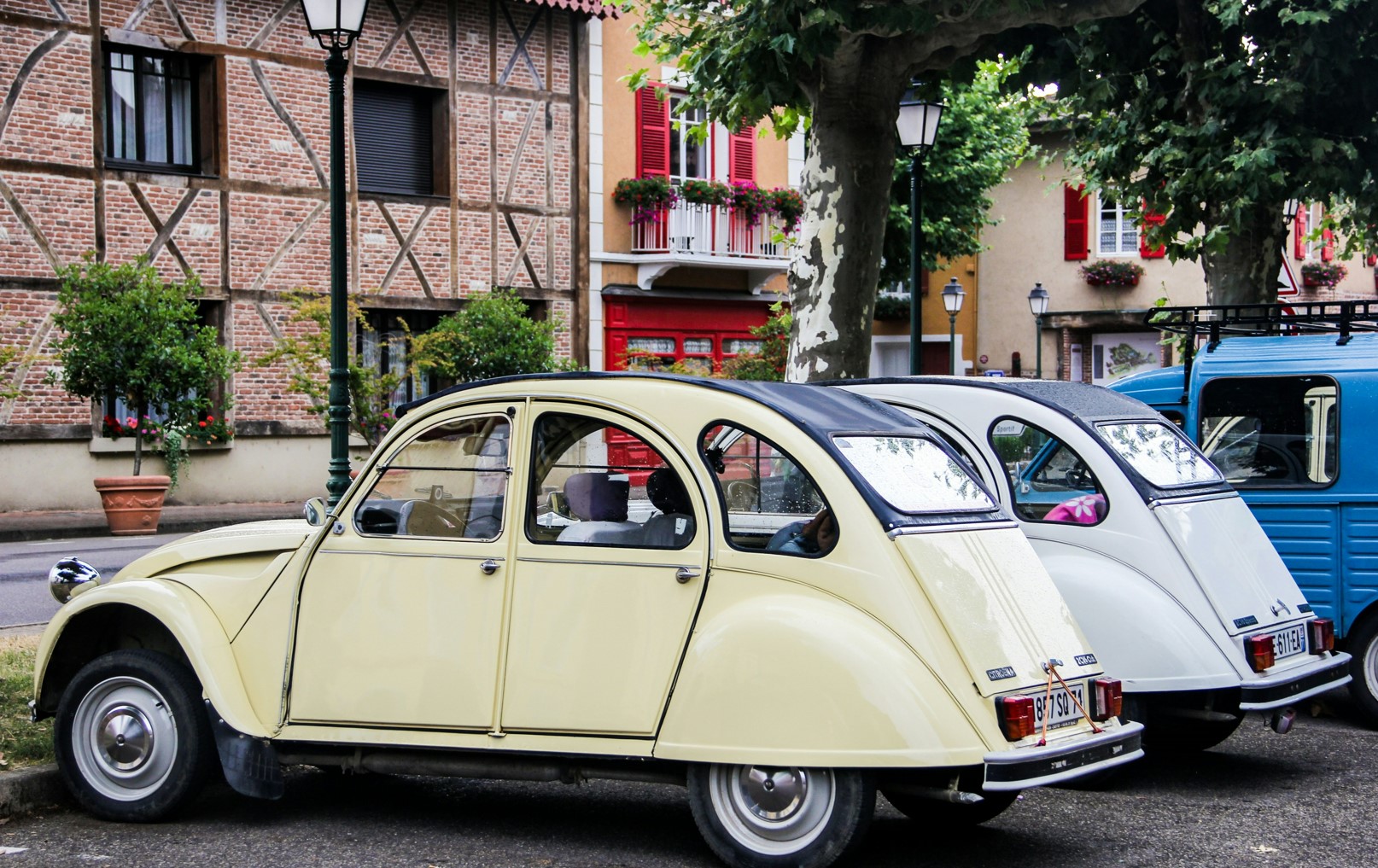Your car is not merely a mode of transportation; it’s a significant investment. From daily commutes to memorable road trips, your vehicle faithfully serves you. However, exposure to the elements can gradually deteriorate its condition, diminishing its value over time. Amidst various protection methods, one simple yet often overlooked solution stands out: parking in the shade. In this comprehensive guide, we’ll delve into the manifold benefits of parking your car in the shade and how this practice can effectively shield your vehicle from the elements.
The Power of Shade
Imagine a scorching summer day, the sun relentlessly beating down. Now envision your car, parked under the cool, comforting shade of a tree or a canopy. This isn’t merely a whimsical fantasy; it’s backed by scientific evidence.
UV rays emitted by the sun can cause substantial damage to your car’s exterior over time. Prolonged exposure can lead to paint fading, deterioration of rubber seals, and even cracking of the dashboard. By parking in the shade, you significantly mitigate your car’s exposure to these harmful UV rays, preserving both its appearance and structural integrity.
Moreover, shade not only provides relief from sweltering temperatures but also offers a sanctuary for your car’s interior. Direct sunlight can turn the interior into a furnace, causing discomfort for passengers and accelerating the aging process of various materials. Vinyl, leather, and plastic components are particularly susceptible to heat damage, leading to fading, cracking, and warping over time.
Protection from Heat
The scorching heat of summer can take a toll on your vehicle, both inside and out. As temperatures soar, your car becomes a veritable oven, trapping heat and humidity inside. This can not only make driving uncomfortable but also pose risks to your car’s components and occupants’ health.
Parking in the shade provides a respite from this oppressive heat. By shielding your car from direct sunlight, you prevent the greenhouse effect that occurs when heat is trapped inside a confined space. This helps maintain a more comfortable temperature inside your vehicle, reducing the need for excessive air conditioning and preserving fuel efficiency.
Furthermore, parking in the shade can help extend the lifespan of your car’s interior materials. Upholstery, dashboard surfaces, and electronics are all vulnerable to heat-related damage. Excessive heat can cause materials to expand and contract, leading to premature wear and potential malfunctions. By parking in the shade, you minimize these risks, ensuring that your car’s interior remains in pristine condition for years to come.
In addition to protecting your car’s interior, parking in the shade also safeguards its exterior from heat-related damage. High temperatures can accelerate the oxidation process, causing paint to fade and lose its luster over time. Heat can also soften adhesives and sealants, increasing the likelihood of paint damage and corrosion.
By choosing shaded parking spots whenever possible, you create a barrier against these heat-related threats, preserving your car’s appearance and structural integrity. Whether it’s a natural canopy of trees or a covered parking structure, seeking shade ensures that your vehicle remains cool, comfortable, and well-protected from the relentless summer sun.
Preventing Damage from Weather Elements
While the sun poses a significant threat, it’s not the only element your car needs protection from. Rain, hail, and snow can all cause damage to your vehicle’s exterior. By parking in the shade, you create a barrier against these weather elements, reducing the likelihood of corrosion, water spots, and other forms of damage.
Rainwater, while essential for life, can be surprisingly corrosive to your car’s paint and metal surfaces. When left unchecked, rainwater can seep into crevices and promote rust formation, leading to costly repairs down the line. By parking in the shade, you minimize your car’s exposure to rain, helping to preserve its finish and structural integrity.
Hailstorms pose a particularly severe threat to your vehicle’s exterior. Hailstones can range in size from small pellets to large chunks of ice, capable of denting metal panels and shattering glass. While no parking spot can guarantee complete protection from hail, parking in the shade can reduce the risk of direct impacts, offering a layer of defense against hail-related damage.
Snow and ice can also wreak havoc on your car’s exterior, causing scratches, dents, and paint damage. By parking in the shade, you can minimize the accumulation of snow and ice on your vehicle, making it easier to clear off and reducing the risk of damage during winter weather events.
Preserving Resale Value
Whether you plan to keep your car for years to come or eventually sell it, preserving its resale value should be a priority. A well-maintained exterior and interior can significantly enhance the value of your vehicle when it comes time to sell or trade-in.
Parking in the shade demonstrates your commitment to maintaining your car in top condition. Potential buyers will appreciate the care you’ve shown in protecting your vehicle from the elements, making it more attractive in the competitive marketplace. A car that has been consistently parked in the shade is likely to have fewer cosmetic flaws, such as paint fading, clear coat peeling, and interior sun damage, which can detract from its overall appeal and resale value.
Moreover, parking in the shade can help prevent the need for costly cosmetic repairs and replacements down the line. By minimizing exposure to UV rays, heat, rain, and other weather elements, you reduce the likelihood of paint damage, interior fading, and other forms of wear and tear. This not only saves you money in the long run but also ensures that your car retains its value over time.
Finding the Perfect Spot
While the benefits of parking in the shade are undeniable, finding the perfect spot can sometimes be a challenge. Here are a few tips to help you secure the ideal parking spot:
Seek Natural Shade: Look for trees, buildings, or structures that provide natural shade. Be mindful of any overhanging branches that could potentially damage your car.
Use Parking Structures: When natural shade is scarce, consider parking in covered parking structures or garages. Though these options may entail a fee, they offer reliable protection from the elements.
Plan Ahead: If you anticipate being out during the hottest part of the day, plan ahead and scout for shady parking spots in advance. Arriving a few minutes early can make all the difference in securing a prime parking location.
Conclusion
Your car is more than just a means of transportation; it’s a valuable asset deserving of protection. By adopting the practice of parking in the shade, you can shield your vehicle from the damaging effects of the sun, heat, rain, and other elements. Not only does parking in the shade preserve your car’s appearance and structural integrity, but it also enhances its resale value.
So the next time you’re out and about, take a moment to find that perfect shady spot—it’s an investment that pays dividends in the long run. From preserving your car’s pristine condition to maximizing its resale potential, parking in the shade is a simple yet effective strategy for ensuring your vehicle remains a source of pride and reliability for years to come.

